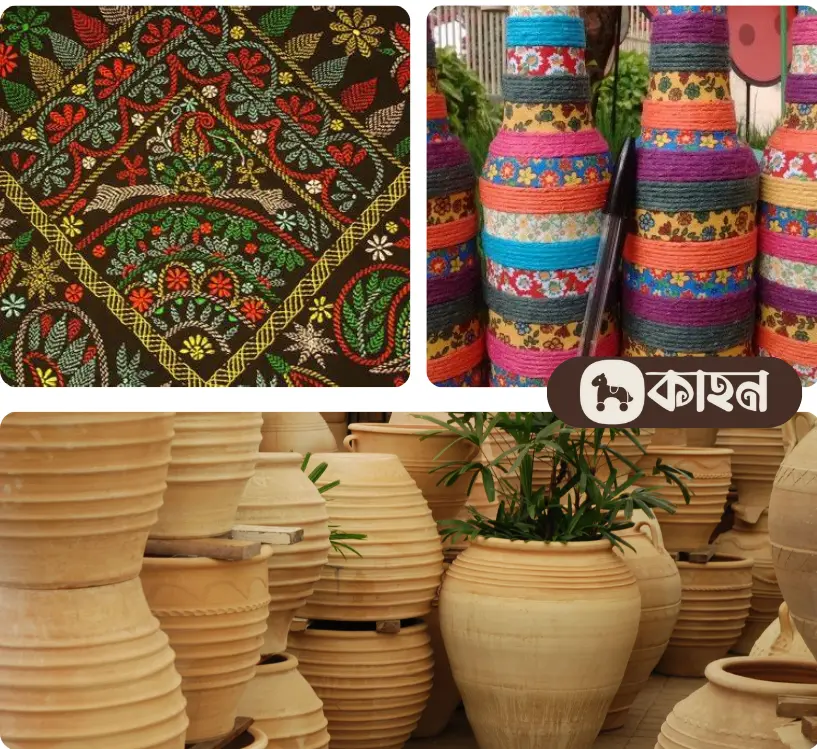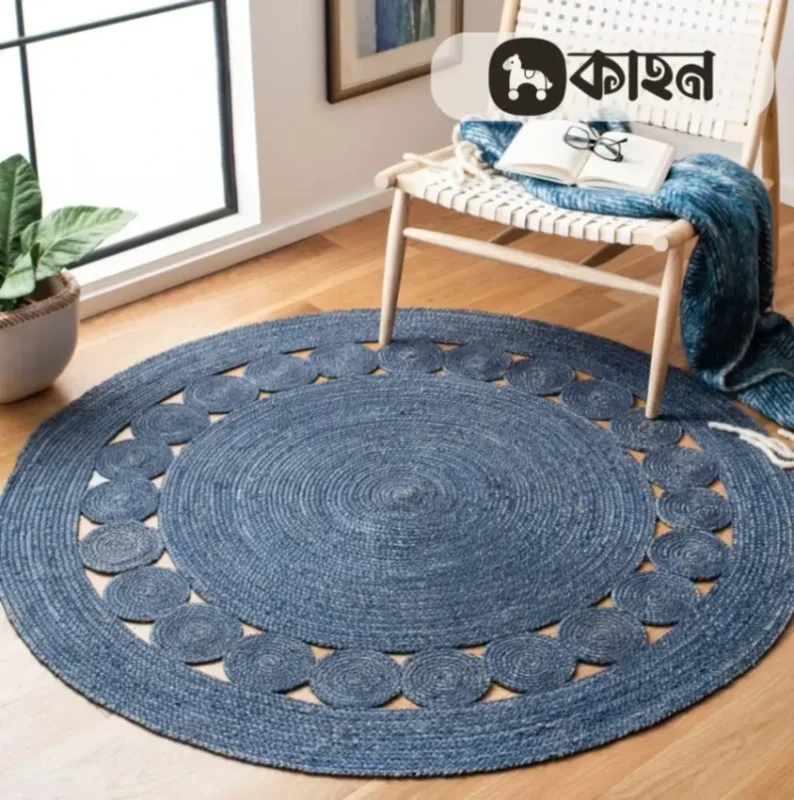In today’s world, sustainability is not just a trend—it’s a necessity. As more people recognize the importance of reducing their environmental impact, the demand for eco-friendly, sustainable products continues to grow. One of the most effective ways to embrace a sustainable lifestyle is by choosing handmade products, particularly those rooted in cultural heritage. Handmade items are not only unique and beautiful, but they also contribute significantly to environmental conservation and community well-being. This is especially true when we look at the handmade ethnic products from Bangladesh, which embody tradition, craftsmanship, and sustainability.
1. The Environmental Benefits of Handmade Products
Unlike mass-produced items, handmade products are created with minimal reliance on heavy machinery or mass-production techniques that consume vast amounts of energy and resources. The production process for handmade goods typically involves fewer chemicals, less water, and significantly lower carbon emissions. Artisans use local, natural materials such as jute, cotton, and clay, reducing the need for long supply chains that contribute to pollution.
By choosing handmade, you are supporting a method of production that is far more eco-friendly, as it:
- Uses fewer resources like water and energy.
- Produces less waste and fewer pollutants.
- Supports the use of natural, locally sourced materials that are often biodegradable or recyclable.
2. Handmade Ethnic Products from Bangladesh: Sustainable Craftsmanship
Bangladesh is home to a rich tradition of handmade ethnic products, many of which are created using sustainable materials and practices passed down through generations. These items not only preserve the country’s cultural heritage but also promote environmental responsibility. Here are a few examples of sustainable handmade products from Bangladesh:
Jute Products
Bangladesh is the world’s largest producer of jute, a natural fiber known for its durability and biodegradability. Jute is used to create a variety of handmade products, including bags, rugs, and decor items. These items are not only beautiful but also eco-friendly, as jute is a renewable resource that requires minimal water and pesticides to grow.
Nakshi Kantha
Nakshi Kantha is a traditional form of hand-stitched embroidery using old cotton saris or fabric scraps, making it a perfect example of upcycling. Artisans create intricate patterns and designs, turning recycled materials into beautiful quilts, blankets, and garments. This tradition promotes sustainability by reusing fabric that would otherwise be discarded, giving it new life as an artistic, functional piece.

Terracotta Pottery
The art of terracotta pottery is deeply rooted in Bangladesh’s culture. Created from locally sourced clay, terracotta items are entirely natural and biodegradable. From decorative pieces to functional kitchenware, terracotta pottery is a sustainable alternative to plastic or synthetic materials. The production of these pieces relies on simple tools and traditional firing methods, keeping the environmental impact minimal.
Handwoven Textiles
Bangladesh is known for its handwoven textiles, such as Dhakai Jamdani and Muslin. These textiles are produced using age-old techniques that don’t require the large-scale, resource-heavy processes used in modern textile manufacturing. Artisans work with natural fibers like cotton and silk, creating garments and fabrics that are not only high-quality but also sustainable.
3. Supporting Communities and Sustainable Economies
When you purchase handmade products, particularly from artisans in countries like Bangladesh, you are directly supporting local communities and sustainable economies. Many handmade products are crafted by small-scale artisans, cooperatives, or women’s groups who rely on traditional skills to earn a livelihood. These artisans are often at the forefront of environmental preservation, using sustainable practices that have been passed down through generations.
By investing in handmade items, you are helping to:
- Preserve cultural heritage and traditional craftsmanship.
- Empower local artisans, particularly women, by providing them with fair wages and opportunities.
- Reduce the environmental impact of mass production and fast fashion.
4. Handmade vs. Mass-Produced: A Sustainable Choice
Mass production often prioritizes quantity over quality, resulting in overconsumption and a throwaway culture. Factory-made products tend to rely heavily on synthetic materials, long supply chains, and high energy consumption. These practices contribute to environmental degradation, including pollution, deforestation, and excessive waste.
In contrast, handmade products are crafted with care, time, and attention to detail. They are typically produced in small batches or even made-to-order, reducing waste. Handmade products are also built to last, ensuring that you’re investing in something durable rather than something disposable.
5. A Personal Connection with Handmade Products
One of the most beautiful aspects of handmade products is the personal connection they offer. When you purchase a handmade item, you are supporting the artist’s passion, skills, and story. Whether it’s a handwoven textile from Dhaka or a terracotta pot crafted in a small village, each piece has a unique tale behind it. This emotional connection not only adds value to the product but also encourages more mindful consumption.
Choosing Handmade for a Greener Future
In a world where sustainability is becoming more critical every day, handmade products offer a guilt-free, eco-friendly alternative to mass-produced goods. By embracing handmade ethnic products from Bangladesh—like jute bags, Nakshi Kantha quilts, terracotta pottery, and handwoven textiles—you’re not only making a positive environmental impact but also celebrating cultural heritage and supporting local artisans.
When you choose handmade, you’re choosing quality, sustainability, and a future where craftsmanship and the planet can thrive together. The next time you’re looking to make a purchase, consider opting for something handmade—because every small choice you make matters for the environment.
















